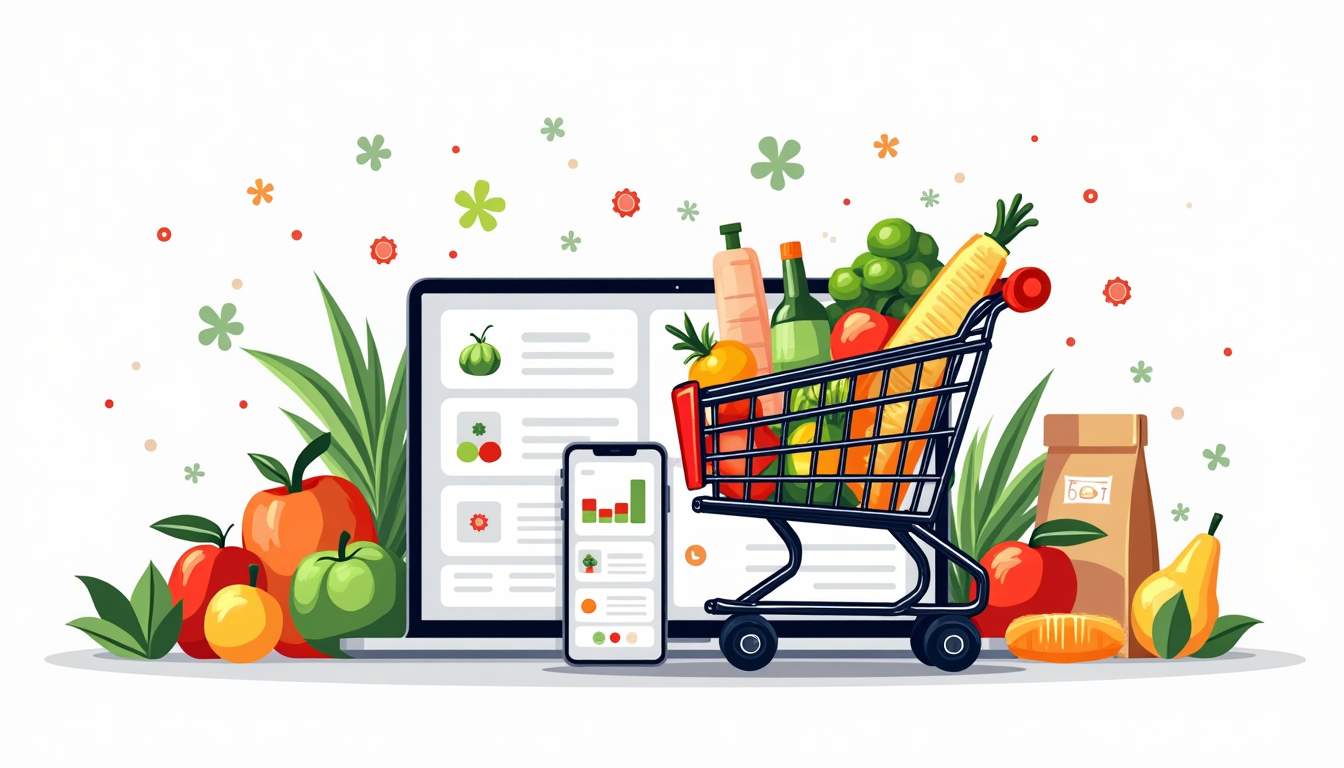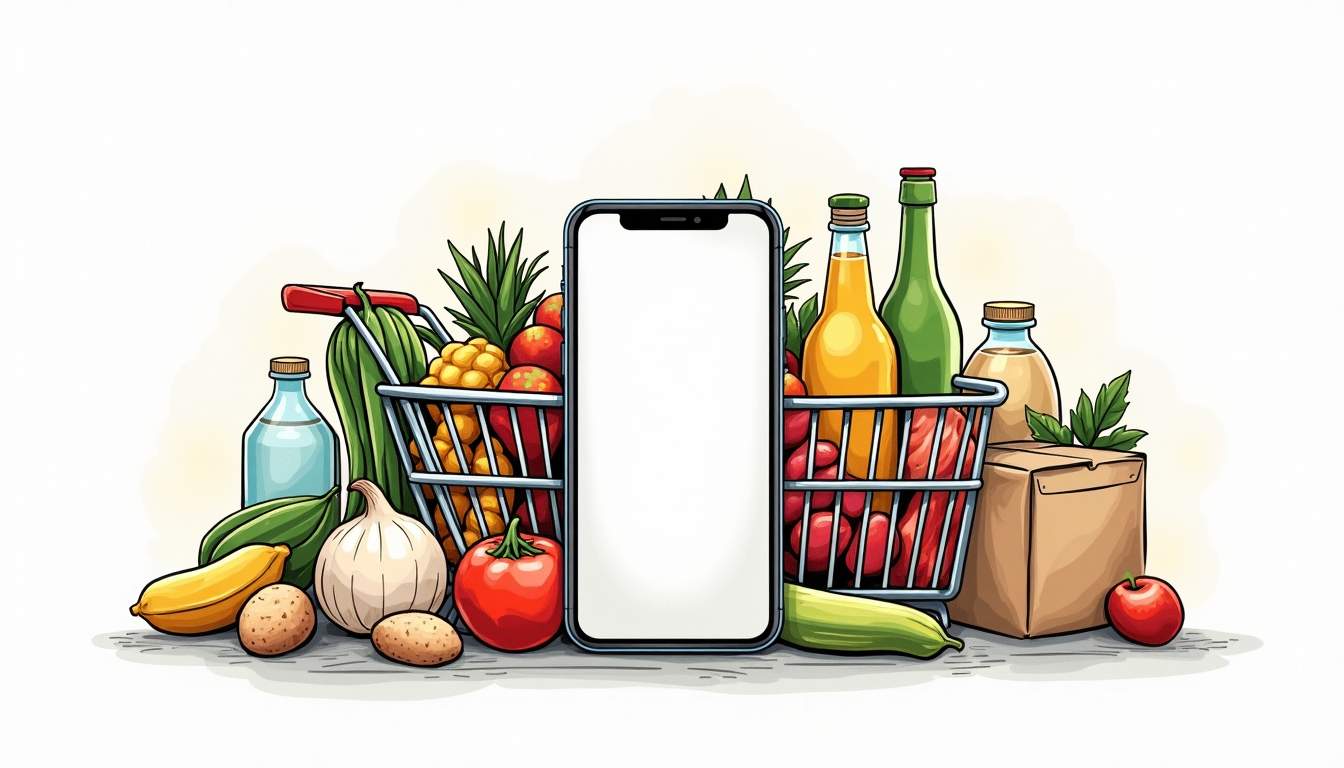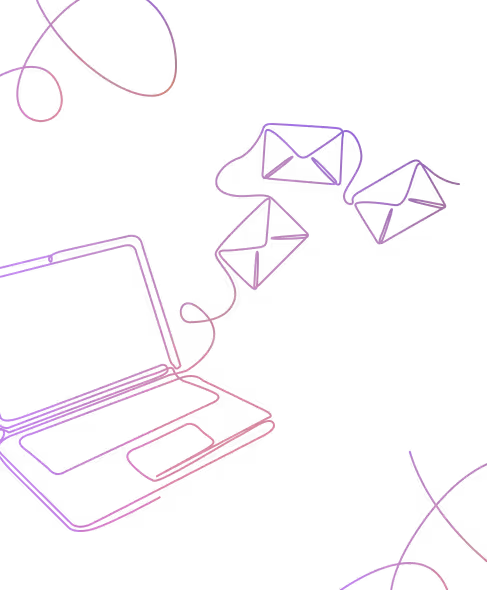Ordering groceries from your phone and having them delivered within hours has become second nature for millions of households worldwide. The rise of apps like Instacart, Amazon Fresh, and BigBasket shows how grocery delivery has transformed shopping habits, especially after the pandemic.
But for startups entering this booming market, one pressing question always comes first:
How much does it cost to build a grocery delivery app?
The answer depends on features, platforms, team structure, and long-term goals. In this guide, we’ll explore the real costs, factors to consider, case studies, and strategies to budget smartly for grocery delivery app development in 2025.
Why Grocery Delivery Apps Are a Golden Opportunity
The online grocery market is expected to reach $1.1 trillion by 2027, growing at over 20% CAGR. Consumers increasingly value convenience, same-day delivery, and healthier food options.
For startups, this means opportunity—but also competition. Giants like Instacart dominate in the U.S., while region-specific leaders such as BigBasket in India and Ocado in the UK show that niche-focused apps can thrive too.
The challenge? Building a platform that balances user convenience, logistics efficiency, and scalability—without overspending on development.
Core Features That Shape Grocery Delivery App Cost
A grocery delivery app usually consists of three modules:
Customer App
- Account registration and profiles
- Product browsing, filters, and search
- Real-time stock visibility
- Cart, checkout, and payments
- GPS-based delivery tracking
- Push notifications for updates and offers
- Ratings and reviews
Delivery Personnel App
- Order acceptance and alerts
- GPS navigation and route optimization
- Delivery status updates (picked up, in transit, delivered)
- Earnings history and shift management
- In-app support
Admin Dashboard
- Product and inventory management
- Order monitoring and assignment
- Customer, vendor, and courier management
- Promotions and discount campaigns
- Analytics for sales and operations
- Payment and refund handling
Advanced add-ons like AI-powered recommendations, voice ordering, or subscription models significantly increase costs.
Technology Choices and Their Impact on Cost
- Frontend: Native apps (iOS & Android separately) deliver best performance but cost more; cross-platform frameworks like Flutter or React Native reduce cost/time but may limit advanced features.
- Backend: Technologies like Node.js, Python, or Java paired with cloud providers (AWS, Azure, Google Cloud). Costs rise with scalability.
- Third-Party APIs: Stripe or PayPal for payments, Google Maps or Mapbox for navigation, Twilio for SMS/notifications. Each integration adds recurring fees and initial setup costs.

Key Factors That Influence Grocery Delivery App Development Cost
- Feature Complexity – MVPs with core features are cheaper; AI, personalization, and multi-supplier integrations add cost.
- Design & UX – Grocery apps need clean design for diverse demographics; custom animations or personalized shopping flows increase budgets.
- Development Team Location –
- North America/Western Europe: $100–$250/hour
- Eastern Europe: $40–$100/hour
- Asia: $25–$75/hour
- Platforms – Building for both iOS and Android doubles work unless using cross-platform frameworks.
- Scalable Backend – Essential for handling thousands of concurrent users, raising initial costs but avoiding costly rebuilds later.
- Maintenance – Expect 15–20% of initial development cost annually for bug fixes, updates, and new features.
- Marketing & Compliance – Budget for user acquisition and local regulations (e.g., data privacy, food handling).
How Much Does It Cost to Build a Grocery Delivery App?
While costs vary, here are realistic ranges:
- MVP App ($40,000–$70,000, 3–5 months)
Basic customer app, simple delivery app, and an admin panel. Ideal for testing market demand. - Mid-Level App ($70,000–$150,000, 6–9 months)
Adds features like multiple payment options, push notifications, AI-driven recommendations, and advanced analytics. - Enterprise-Grade App ($150,000–$300,000+, 9–12 months)
Includes full-scale integrations with suppliers, multi-language and multi-currency support, advanced route optimization, subscriptions, and scalable cloud infrastructure.
Case Studies: Learning from Market Leaders
- Instacart (U.S.): Started lean, focusing on convenience and speed, then layered in partnerships with national grocery chains. Estimated initial builds cost millions, but their MVP was simpler.
- BigBasket (India): Focused on inventory management and supplier integration early, showing how backend-heavy investment is essential in emerging markets.
- Amazon Fresh: With virtually unlimited resources, Amazon built around logistics excellence, proving that scaling requires backend sophistication more than just a pretty UI.
For startups, the lesson is clear: begin with core features, validate demand, then scale features and infrastructure as traction grows.
Smart Ways to Optimize Development Costs
- Prioritize MVP Features – Don’t overbuild at launch; validate first.
- Use Cross-Platform Development – Save 30–40% compared to two separate native apps.
- Leverage APIs – Payments, maps, and messaging can be integrated faster with third-party APIs.
- Hire Experienced Developers – Avoid costly rework by choosing a team with proven grocery/retail experience.
- Plan for Scalability Early – Strong backend design prevents future rebuilds.
- Adopt Agile Development – Iterative sprints help you release faster, test, and adapt.
How Wednesday Solutions De-Risks Grocery App Development
For startups, the biggest risk isn’t competition—it’s spending six figures on development only to build the wrong product.
That’s why Wednesday Solutions offers Launch: an AI-driven product engineering program designed to accelerate iteration while reducing risk.
At the heart of this program is Sprint Zero, a 4-week engagement that delivers:
- A product roadmap tailored to your grocery delivery idea
- Scalable technical architecture
- A UI/UX style guide for consistency
- A functional freemium tool to start testing with real users
The best part? It’s low-risk and fixed-price—with a money-back guarantee if Sprint Zero doesn’t deliver. This approach ensures you validate your concept before heavy investment, giving you more sprints, faster feedback loops, and fewer wasted dollars.
For startups chasing growth in the grocery delivery space, this kind of structured iteration could mean the difference between a successful launch and an expensive misstep.
Conclusion: Budgeting for Grocery Delivery App Development
Developing a grocery delivery app is a serious investment, with costs ranging from $40,000 for an MVP to $300,000+ for enterprise-grade platforms. The actual figure depends on your chosen features, technology stack, platforms, and team.
The smartest path is to:
- Start lean with an MVP
- Prioritize compliance and scalability early
- Use cross-platform tools and third-party integrations
- Partner with an experienced development team
With the global online grocery market booming, startups that budget wisely and execute strategically can capture real market share. A well-built grocery delivery app doesn’t just deliver food—it delivers growth, customer loyalty, and long-term value.






